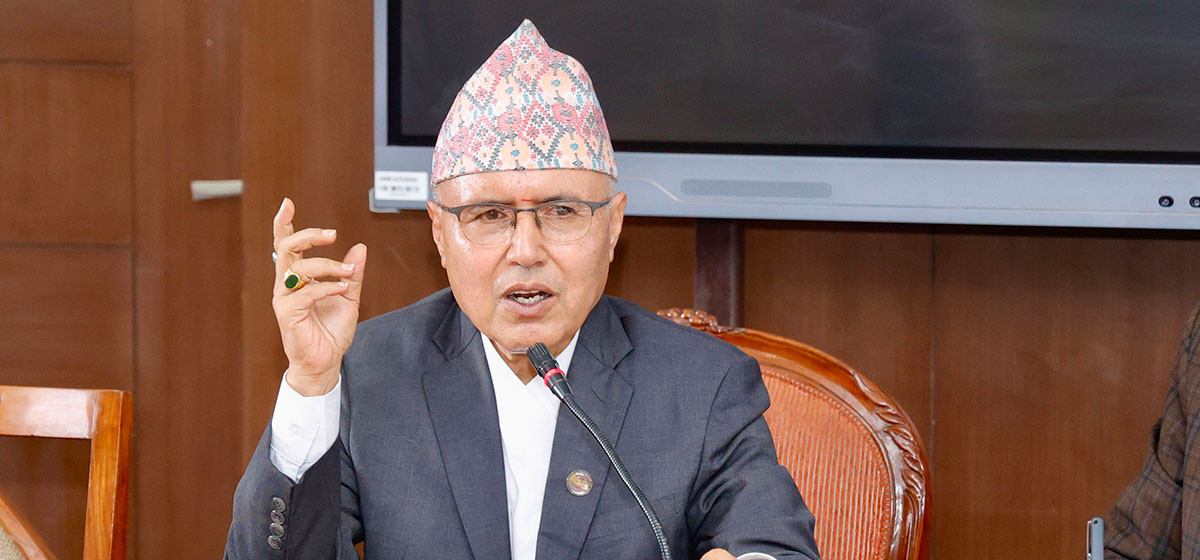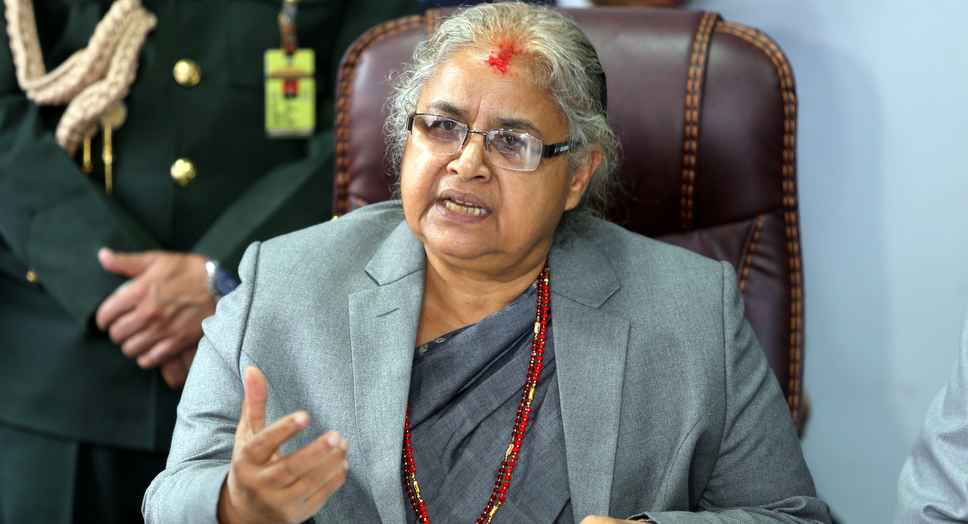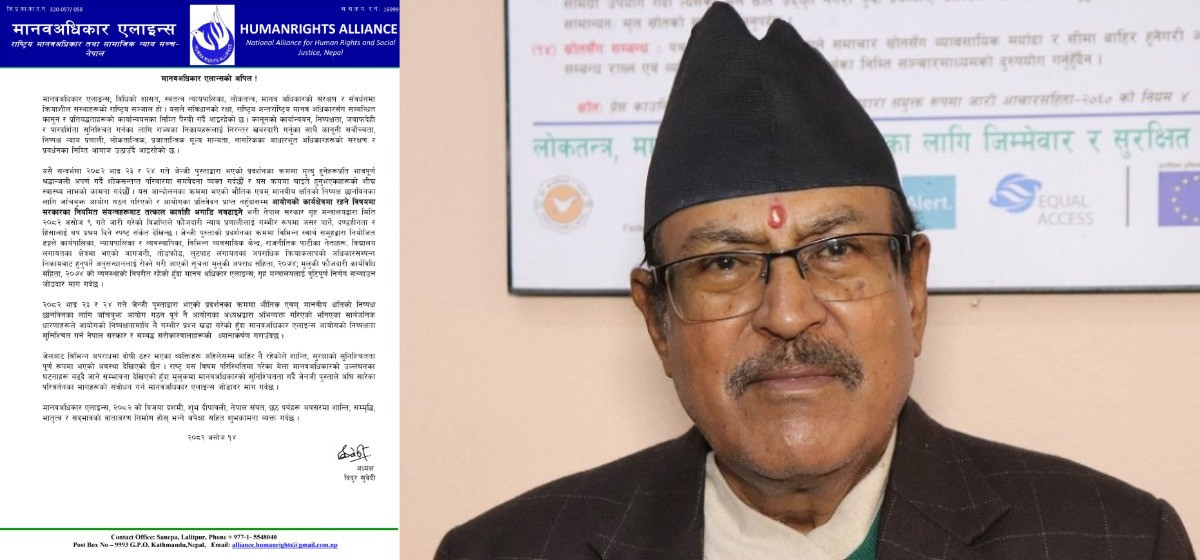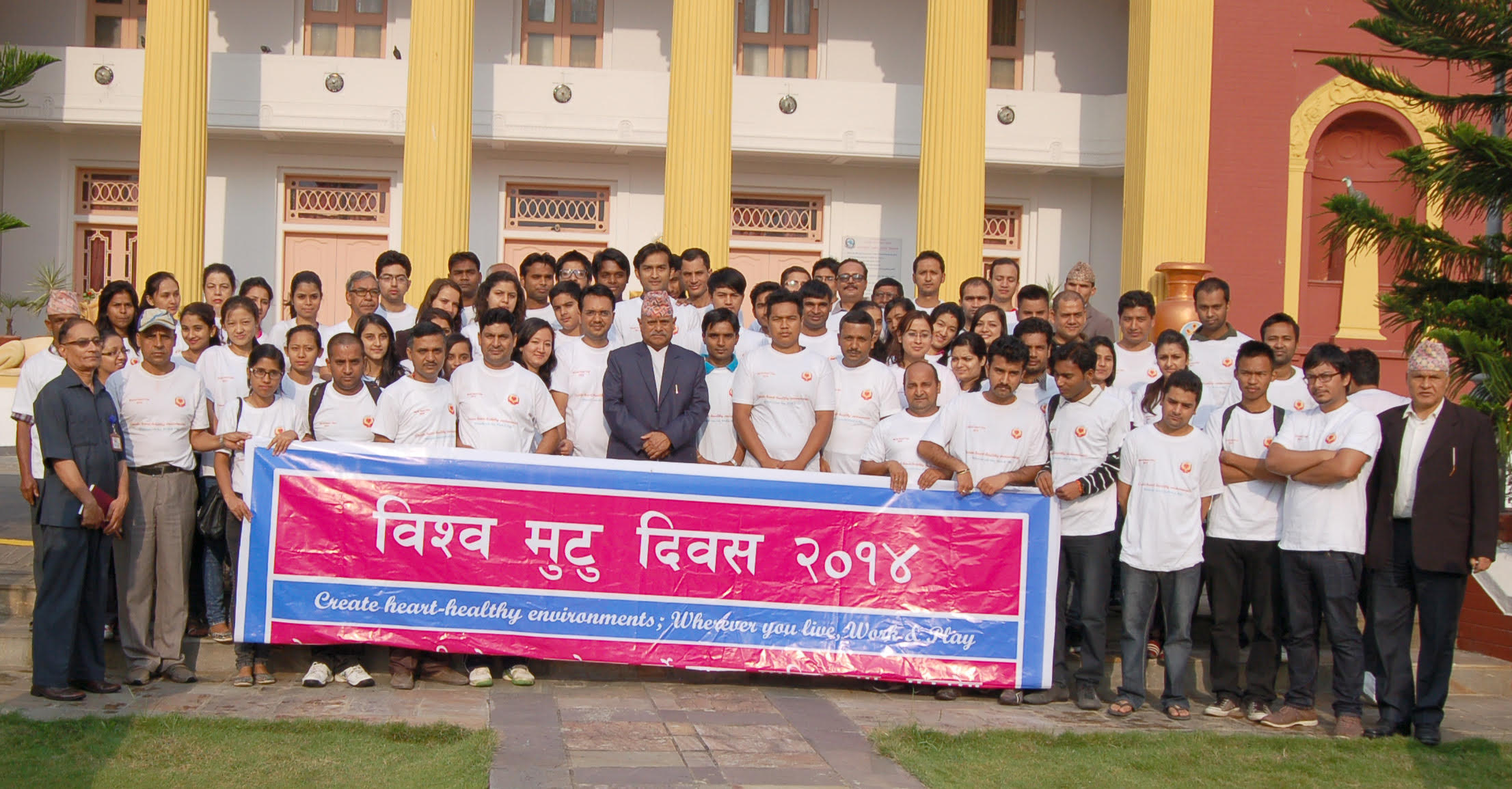Amendment Act related to the national parks and reserves has stirred wide criticism on local social media
For the park policy change presented above, people could easily question if the government is working to benefit developers and private business groups who are eying the precious park/reserve lands at enormous environmental cost. People in Nepal have been gradually losing confidence in the government and always tend to believe that the act is yet another dishonest move to benefit corrupt politicians.
The protected areas system of Nepal has a great success story. Its 33 protected areas including twelve national parks and six conservation areas represent 23.39 percent of Nepal’s geographical areas. It is spread from lowlands to high mountains. The development of infrastructure involving any protected area can pose immense threat to biodiversity conservation and can affect the pristine nature of such establishment. Because of the increasing concerns for biodiversity conservation in Nepal, introduction of any new policy change in protected areas that promotes infrastructure development becomes always challenging.
The recent policy change relates to Nepal’s protected area system through an Amendment to the National Parks and Wildlife Conservation Act, 2029 (1973) under a rather unholy banner, “Act to Amend Few Nepal Acts related to the facilitation of investment, 2081” (shortly called, Investment Act 2081). It is strange, at first glance, how an Investment Act can make such a serious change in the National Parks and Wildlife Conservation Act, which is the pillar act for nature conservation in Nepal. The Amendment Act has added two important provisions in the prevailing National Parks and Wildlife Conservation Act: Addition of 5a has provisioned that if the government feels necessary it may declare any area of a national park, reserve or conservation area as a “critical” site. Secondly, it has added a new provision, 6(1a), in the prevailing National Parks and Wildlife Conservation Act, 2029, which states, among other things, the government can provide access to PA land, as specified, for designated infrastructure development projects of national importance. This new provision has also opened up buffer zones (BZ) of national parks and reserves for infrastructure projects of the local level government and the provincial government. Also, all buffer zones have been opened for ecotourism development. The Amendment Act related to the national parks and reserves has stirred wide criticism in local social media; a PIL is under consideration at the Supreme Court.
The lack of transparency before adopting any new policies or making significant changes in the existing policies is always worrisome in Nepal. For the park policy change presented above, people could easily question if the government is working to benefit developers and private business groups who are eying the precious park/reserve lands at enormous environmental cost. People in Nepal have been gradually losing confidence in the government and always tend to believe that the act is yet another dishonest move to benefit corrupt politicians.
THE AMENDMENT IS CONTRADICTORY AND FAULTY
Change of Guard and OBOR

The provision of Investment Act 2081 to add 5a to declare areas within national parks, reserves or conservation and declare them in the Nepal Gazette is contradictory to an article of the same Act it is trying to amend: The Article 3 1(a) states, “[All]national parks, reserves and conservation area must be managed being based on management plans approved by the Department of National Parks and Wildlife Conservation.” The declaration of any critical sites within a national park, reserve or conservation area has to go through a proper management planning process, and should be incorporated in the corresponding management plans. The idea behind the addition of this sub-article in the previous amendment was to discourage any ad hoc government decision to provide parks for infrastructure building or for any private business interests. But, in reality, DNPWC has largely ignored the provision of this article and has been supporting giving away land for other purposes. PIL litigators should be encouraged to review all government decisions that have ignored this provision of the Act while handing-over park lands for other purposes.
Park management planning process is a powerful planning tool which involves working with all stakeholders including buffer zone residents to determine the best strategy to manage the park/reserve with utmost priority for biodiversity conservation. If it identifies some areas that are “critical” and must never be touched, the government should respect that. In absence of such practice in place, the chances that critical sites will be haphazardly declared to access park land under political influence. As the Investment Act 2081 has not specified any basis or standards of creating critical sites, this gives enough room for speculation that the government could have malicious intent.
Ask a group of committed biodiversity conservation professionals they would agree that if the government takes up management planning process properly and professionally, all national parks and reserves in the lowlands and mid-hills of Nepal would be declared as “critical sites”. The buffer zones of these parks and reserves and some national parks and conservation areas in the higher mountains may have areas that would not qualify to meet the criteria of a critical site.
AMENDMENT IS ONE-SIDED
There is a growing realization that Nepal’s national parks and reserves are not financially sustainable and are almost entirely dependent upon the government's budgetary sources. The only other additional park income is that the buffer zones of a few “rich” national parks receive sizable funds for their development because of such provision in the Act. Ask any insiders, the sorry financial state of Nepal’s parks and reserves have constrained them from doing any non-traditional conservation programs or developing the visitor infrastructure. The park roads and bridges are poor in condition and go without proper repairs for many years. They are unable to serve the growing demands of the visitors although the same national park may have been recognized internationally for conservation success. The success of these parks and reserves are mostly because of the untiring efforts of the buffer zone residents, committed park staff, the Nepalese Army which protects the park; and other stakeholders. The expectation of buffer zone residents is growing but their funding source from the park has been dwindling. In fact, the local level governments of which the buffer zone is also a part, bring more money for development to their areas than the traditional system of the share of park revenue. This makes them wonder why bother to work for the concerns of the buffer zone.
The concept of “National Park Development Fund” has attracted many people in the conservation circle. The success of a similar “Forest Development Fund” has further made its requirement more urgent. The FDF has amassed a great financial resource especially for providing access to forest land for infrastructure development. The Investment Act 2081 should have added this provision in the National Parks and Wildlife Conservation Act also to show that providing access to protected area (PA) land (other than the critical sites), if absolutely required, can bring handsome revenue to park development. In absence of such provision, the generated revenue for providing access to PA land will only strengthen the central treasury. At the same time, National Park Development Fund could have sourced funds from other non-traditional areas such as Payment for Environmental Services charges, conservation fees from hotels permitted to run in the buffer zones, fees for tapping park waters by commercial companies for providing drinking water, bioprospecting, and more.
The current provision in the Investment Act is one-sided as it has failed to show that the buffer zone residents and park officials would benefit by providing access to the PA land. With no incentives to park administration, they would perceive creating ‘critical sites” would only increase their burden of work in creating them and managing them afterwards.
ARE PAs CONCEIVED AS DEVELOPMENT FREE AREAS?
This may be a very pertinent question to ask our conservationists who write so much against development in the protected areas of Nepal: If one reads carefully the Article 6(1) of the National Parks and Wildlife Conservation Act, 2029, the fundamental guiding instrument for the creation of national parks and equivalent reserves in Nepal, one would be surprised. It states, “The Government of Nepal may, in the utmost interest of the national park, reserve or conservation area, make arrangements for operating hotels, lodges, public transport services or similar other services or facilities by itself or through other parties by entering into a contract by following the prescribed procedure.” This clearly has given a window to access PA land for other purposes.
If one follows the history of providing permission to grant access to PA land for infrastructure, it is quite disturbing: All parks or reserves have given access to infrastructure development one way or another. It may be for the building of hydro-power dams in places like Langtang NP and Annapurna Conservation Area, transmission lines in Koshi Tappu Wildlife Reserve, permanent bridges and roads in Chitwan National Park (NP) and Bardia NP, and irrigation channels in Suklaphanta NP. Even now, some proposals under consideration of the government such as providing access to Shivapuri Nagarjun NP to build close to 100 meter dam for rainwater harvest in its core area, cable ways proposed in several national parks and conservation areas, and many more promoting mass tourism in the PAs can jolt anybody with concern for biodiversity conservation and would be convinced our protected area will not remain pristine for long time. In order to minimize the loss, GoN has rightly adopted Work Procedure to Access PA Land for Infrastructure Development 2080. Because of the related PIL at the Supreme Court the Work Procedure has yet to see the light of the day.
The Work Procedure to access PA Land, 2080 clearly spells out how the land would not be permitted for access for development purposes if the land is classified as “critical sites” and if the land is granted it would cost the developer two or five times the normal forest rates (two for CA and BZ, and five for National Park and Reserve) and how this fund will be deposited in the Forest Development Fund (in the absence of National Park Development Fund) and how the access will be limited for only five types of infrastructure: Hydro-power, transmission lines, public roads (including railways), irrigation channels and headworks, and drinking water headworks). If the stated conditions are honestly met as stated in the Work Procedure 2080, the PAs would be free of any ad hoc decisions driven by political interest to provide access to PA’s lands including critical sites therein
LAST WORD
As several development partners including USAD, UKAID, JICA, the World Bank and the Asian Development Bank have always voiced concerns during their briefings to the government counterparts that the infrastructure development in Nepal gets delayed, among other things, by the restrictive Forest Act and National Parks and Wildlife Conservation Act, the Government of Nepal, mostly its mouthpiece agencies for infrastructure development such as Ministry of Finance and Ministry of Public Works and Transport, Ministry of Irrigation, Ministry of Energy, and others largely fail to highlight the importance of biodiversity and its significance for Nepal to these development partners and fail to integrate the conservation concerns in their early designs and plans. Their ignorance or lack of concern for conservation has unbearably burdened the work of the Ministry of Forests and Environment and the Department of National Parks and Wildlife Conservation.
















-1200x560_20240917101949.jpg)









